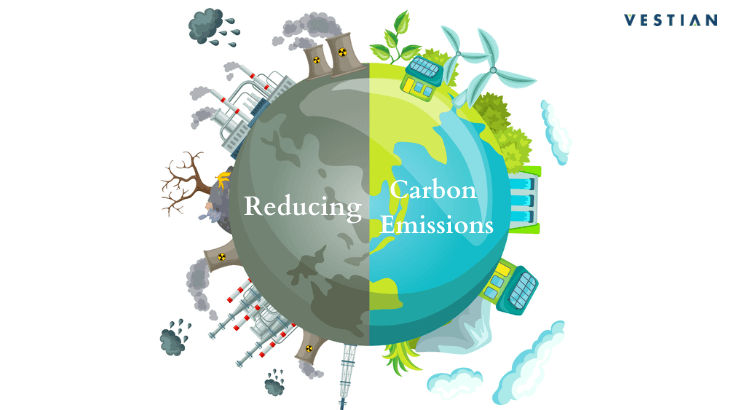One of the most important announcements on climate change came last year at the UN General Assembly in September where the Chinese President, announced that China aimed to go carbon neutral by 2060. China is not the only one to do so. UK was the first major economy to make a legally binding net zero commitment in June 2019. According to the UN estimates, a total of over 110 countries have set net zero target; and together they represent more than 60% of global emissions and more than 70% of the world economy. Meanwhile, India made two major pledges under the Paris agreement on climate change ahead of schedule. India has promised to ensure that 40% of its electricity-generation capacity will come from non-fossil fuel sources by 2030. This will also reduce its “emissions intensity”. On the other hand, US president Joe Biden has announced America’s return to the international Paris Agreement.
This commitment to sustainability is not restricted to countries alone, it is also being undertaken by companies. For example, Microsoft aims to be carbon negative by 2030, and ultimately reduce its carbon footprint by 2050 via investments in new technologies. BMW has set targets to reduce carbon emissions by 2030 by 80% per vehicle from its production and sites. Similarly, by 2030, Apple plans to ensure a net zero impact (by each device sold). They intend to reduce emissions by 75% and design carbon removal solutions for the rest 25%. Disney on the other hand, aims to reduce carbon emissions by 2025 by 50% and plans to power two theme parks in Orlando via its new solar facility.
In the case of construction industry, over the years, green buildings have gained much importance as they provide an effective means to achieve a range of global sustainability goals; one of the most important being the need to reduce carbon emissions. As one of the largest greenhouse gases emitters, the focus of the construction industry is on sustainability. It is not only about constructing green buildings, it’s also about the increased awareness of the impact of construction on the environment. This is not restricted to use of sustainable material, but also about recycling and reuse of material, implementation of sustainable design trends, energy efficiency, lifecycle planning, and more.
The recent spate of change in weather patterns and extreme weather conditions like flash floods, forest fires has made us realise the criticality of taking steps to stem climate change. This is no single entity’s responsibility. It is a collective effort which needs to permeate down to individual level. It is only when sustainability becomes a way of life, that we will see successful results and a positive impact on the environment.

